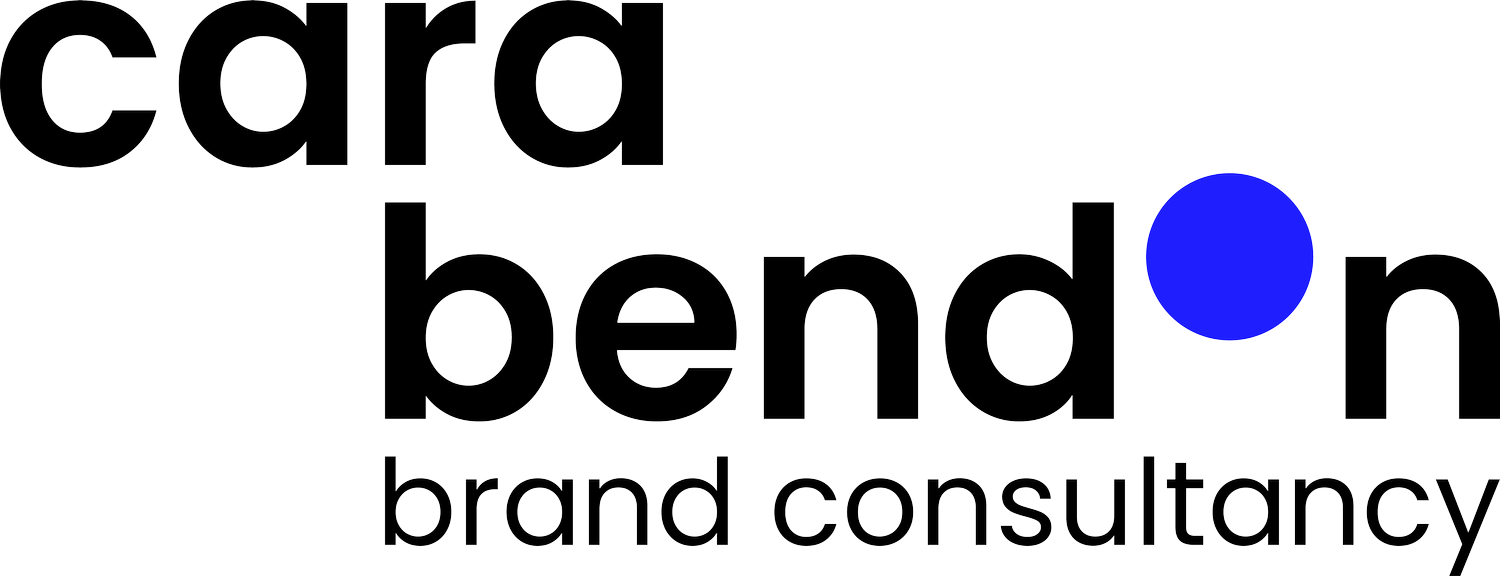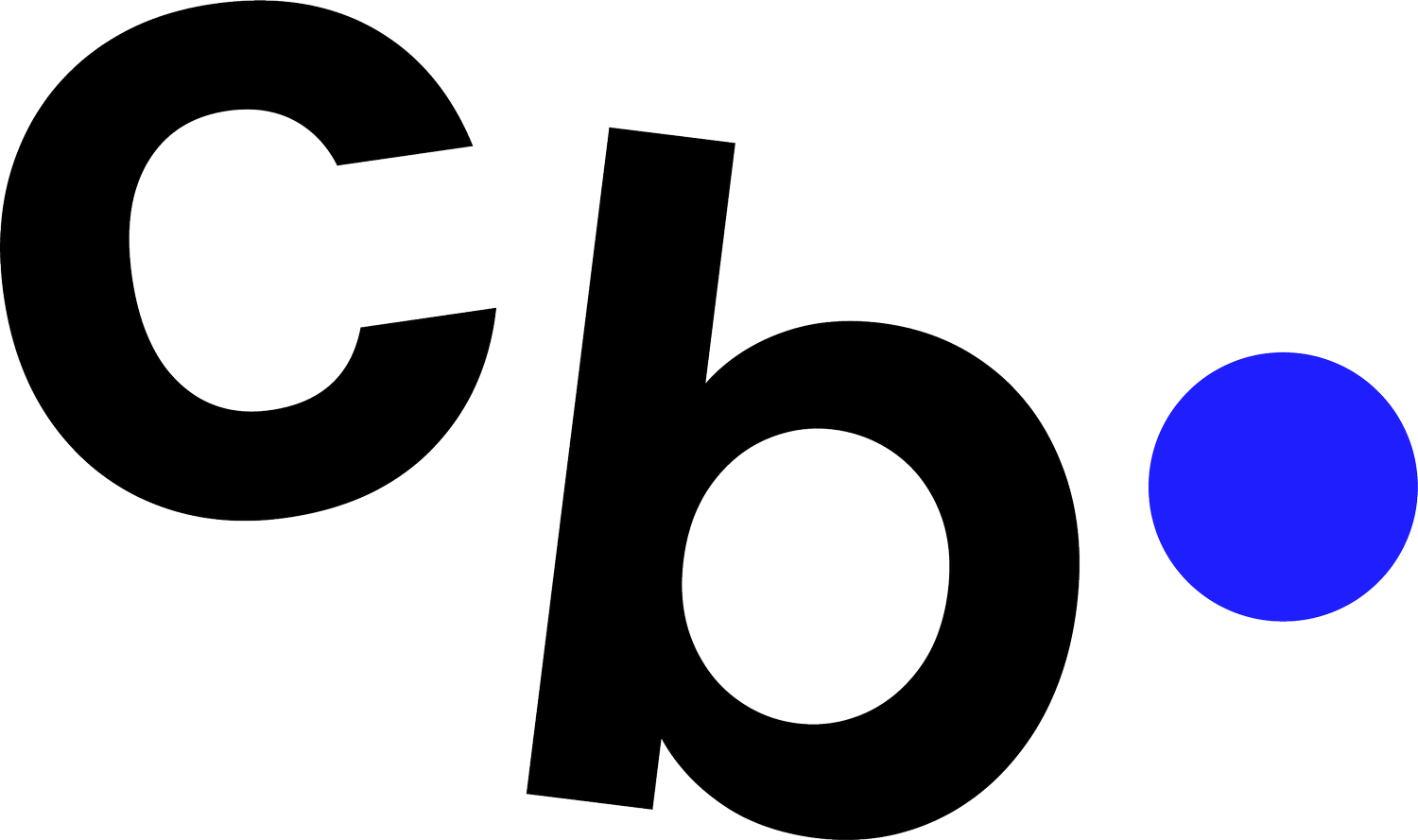What's your Brand Colour?
New businesses pop up every day, and due to the slow but steady uplift in the economy since 2013, the government is encouraging more people to set up businesses, with grants, courses and mentorship programs springing up everywhere. Whether you’ve been in business two months or two decades, more competition in the market means one thing – your potential customers have a lot to choose from. There has never been a more important time for your business to stand out.
But with so many options in the marketplace, how can you make your business stand out?
The answer is: create an instantly recognizable brand.
Easier said than done. Or is it?
It’s said that “coca-cola” is the second most widely understood word globally, second only to “OK”, and that the brand is worth $79.2 billion. So how has it stood out from its competitors and almost monopolised the soft drink market? Their trademark (and unchanged for 120 years) red and white logo may have something to with it.
Image: Clark and Kim Kays
“Coca Cola” is the second most widely understood word globally, second only to “OK”
As a small business, cash may be tight, but even if you have no marketing budget at all (let alone Coca Cola’s $4bn!) the good news is that associating your brand with a set colour is the most effective way to create a memorable brand.
The even better news is that if you work out your brand colour (or colours) before you do any marketing, you’re likely to see an incremental increase in the success of your marketing as your audience becomes aware of your brand. The early days are all about building brand awareness, and being easy to recognise and remember is essential to this.
Colour psychologist Karen Haller notes that up to 85% of someone’s initial perception of your brand is down to the colour alone.
Up to 85% of someone’s initial perception of your brand is down to the colour alone.
Image: Vict:onary
So how do you pick a colour?
1. Colour meaning
Colour psychology is a science, and every colour has positive attributes as well as negative ones (I recommend Karen Haller’s site to find out more about individual colours). Pinks aren’t just for boutiques and beauty businesses, used well they can even work for corporate brands, but an awareness of how your colour is perceived and how it affects people is important when making this decision for your brand.
2. What does the shelf look like?
Imagine a shelf in the supermarket - if the colours and packaging are similar down the aisle, shoppers will likely pick the best value option, or struggle to find a brand they like. Not all businesses have products, but this is still a useful analogy to get you thinking about what the marketplace looks like in your industry. What colours are your competitors using? If they are all using blue tones, look at this and see how you can you stand out. It’s also important to consider who your audience is and what kind of ‘look’ is going to appeal most.
3. Lead with one or two colours
Above all, keep it simple. If your brand has 6 colours in it then it becomes harder to recall the visual than for a company whose logo is just one, like Skype.
Skype use their signature brand blue to tie together all their services and marketing
Logos that use a mix of several colours aren’t as instantly memorable. To show this, I created this logo for a Cocoa Butter company, I can imagine seeing this on a tub of moisturiser in a pharmacy or a health store, but would this stand out to me instantly? Unlikely. Would I remember the brand’s name? No. So what should you do? Pick one or two colours to lead your brand with, then use complimentary tones and shades in your design, but as secondary or accent colours.
Logo concept created for example only by Cara Bendon
Ultimately, colour is subjective, and you can have fun choosing a colour, but once you do have your palette there is one golden rule is: stick to it.
Once you do have your colour palette there is one golden rule is: stick to it.
Let your brand evolve and grow as your business does, but remember that people will register the colour of your business before they even read the name.






